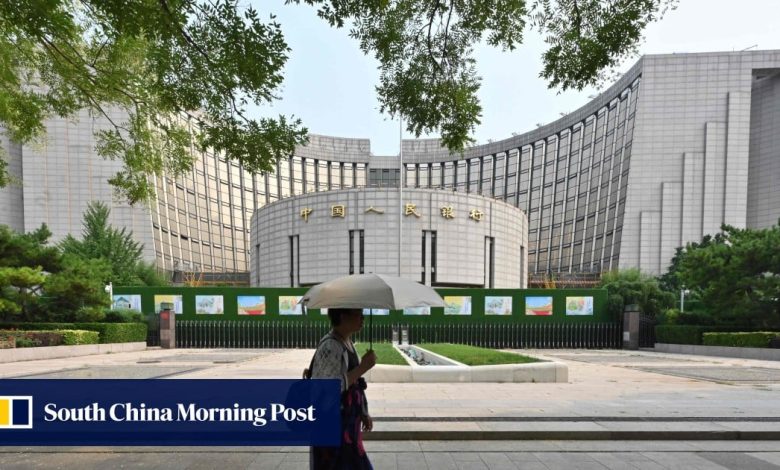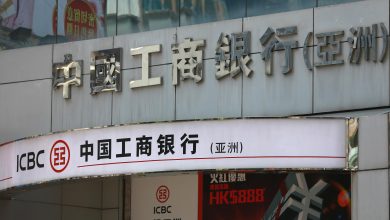China’s government bonds extend record run driven by a safe asset shortage, rate cut hopes


China’s government bonds extended gains on expectations of rate cuts as the world’s second-largest economy seeks to reignite its sputtering growth engine while an ongoing safe-asset shortage blocked the central bank’s attempts to stem the record-setting rally and steepen the yield curve.
China’s lower-than-expected economic growth in the second quarter, coupled with a protracted crisis in the property market, has strengthened investors’ resolve to seek haven trades. The play continues to unfold even after the central bank warned that the yield on longer-dated government bonds was too low amid its efforts to cool the rally by borrowing such securities from primary dealers to bolster supply.
“The fundamentals and the policy front are both in favour of a downside in the yield, which hasn’t really changed much,” said Xiao Yu, an analyst at Zhongtai Securities. “There’s a very low chance that the bull run on the bond market will have a reversal.”
In the Politburo meeting, top policymakers made the first reference to countercyclical measures in a year, implying that more cuts in borrowing costs are on the way. They also pledged to bolster household consumption as a top priority and make all efforts to achieve the annual growth target of around 5 per cent.
The central bank may cut the five-year loan prime rate, the pricing benchmark for mortgages, by 10 basis points in the fourth quarter, to prop up the housing market and boost consumption, according to Nomura Holdings. Goldman Sachs forecast a 25 basis-point reduction in commercial banks’ reserve requirement ratio this quarter and 10 basis point cut in the policy rate on the reverse repo in the final three months of the year.
Investors have piled into bonds even after the People’s Bank of China said in July that it had hundreds of billions of yuan worth of bonds at its disposal and that it would sell them depending on market conditions. It was meant to serve as a warning to bond traders of big losses should economic growth pick up and steepen the yield curve.
The yield on China’s 10-year government bonds declined by 6.2 basis points in July for a second straight monthly fall, spurred by optimism that the country’s central bank would unveil a fresh bout of monetary easing. Last week, the central bank unexpectedly lowered both the loan prime rate and the medium-term policy rate.
The rally has found legs as investors hunted for safe assets with stable returns amid the downturn in both stocks and property markets. While overseas asset classes such as US and Japanese stocks are attractive, Chinese households face restrictions in investing abroad. The clamour for overseas assets has quickly eaten into foreign-currency quotas of fund products.
“The acceleration of the special bond sales will alleviate the asset famine and bring some disruption to the bond market in the short term,” said Zhang Wei, an analysts at China Merchants Securities. “But that won’t reverse the trend of the asset famine, and bonds are still in a favourable environment, with more room for monetary policy easing.”





